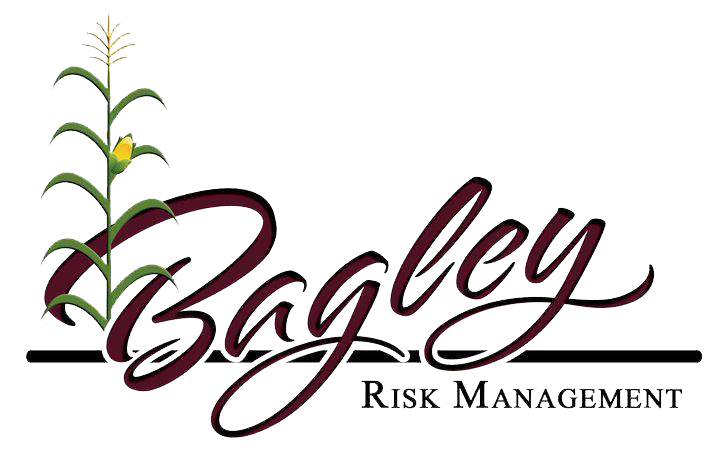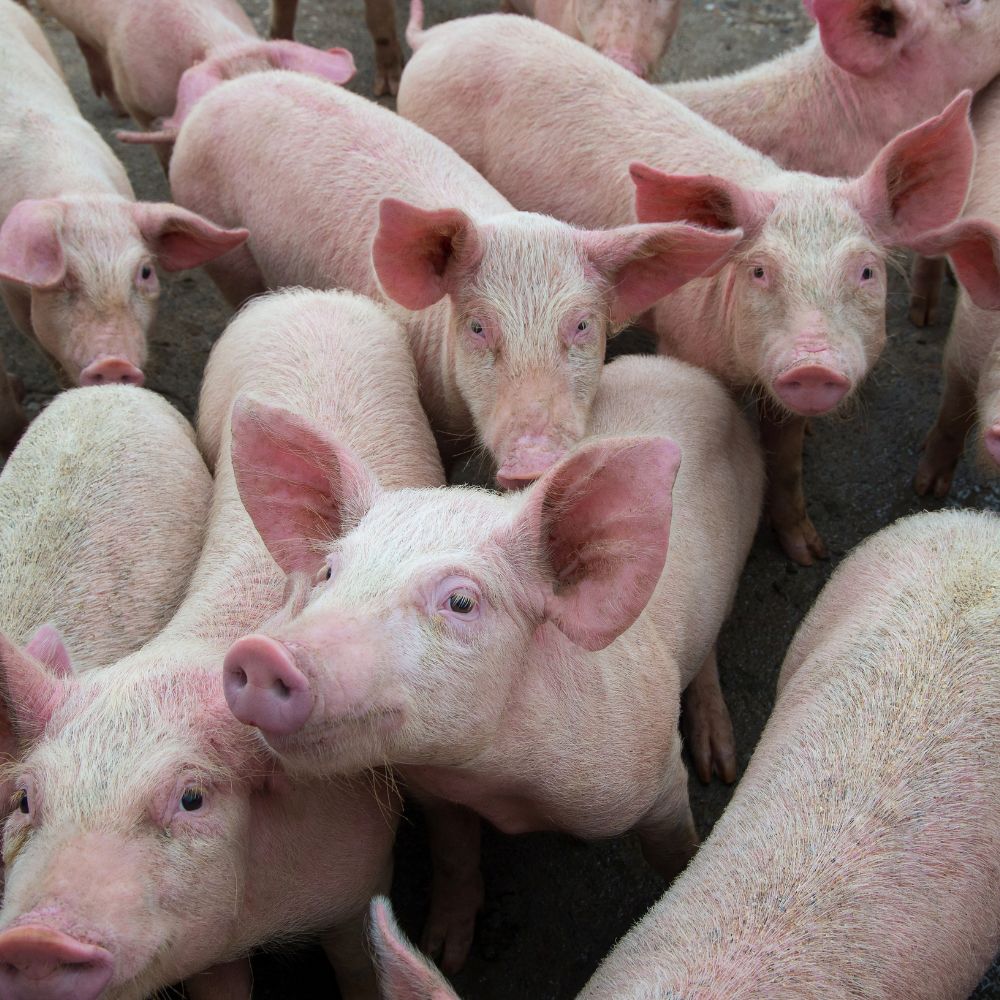Getting My Bagley Risk Management To Work
Table of ContentsA Biased View of Bagley Risk ManagementSee This Report about Bagley Risk ManagementThe Basic Principles Of Bagley Risk Management The Best Strategy To Use For Bagley Risk ManagementBagley Risk Management for BeginnersAbout Bagley Risk Management
When your agreement reaches its end date, the final cost is calculated using the CME Feeder Livestock Index. This is based upon sale barns throughout the Midwest (not simply your local market). If the index falls below your contract's insurance coverage cost, you might be paid the difference. Price Adjustment Aspects will use.Animals Danger Security (LRP) is a USDA subsidized insurance coverage program that assists safeguard manufacturers from the dangers that come from market volatility. With LRP, manufacturers are able to insure a floor rate for their cattle and are paid an indemnity if the market worth is less than the insured rate.
This item is intended for. LRP insurance.
The Best Guide To Bagley Risk Management

In the last number of months, several of us at FVC and PCM have gotten concerns from manufacturers on which risk administration tool, LRP vs. Futures, is better for a pork producer? Like many devices, the response depends upon your operation's objectives and circumstance. For this version of the Dr.'s Edge, we will take a look at the scenarios that tend to prefer the LRP device.
In Mike's analysis, he compared the LRP estimation versus the future's market close for each day of the previous two decades! The percentage shared for each and every month of the offered year in the very first section of the table is the portion of days in that month in which the LRP calculation is lower than the futures close or in other words, the LRP would potentially compensate greater than the futures market - https://www.awwwards.com/bagleyriskmng/. (LRP Insurance)
As an example, in January 2021, all the days of that month had LRP potentially paying even more than the futures market. On the other hand, in September 2021, all the days of that month had the futures market possibly paying greater than LRP (absolutely no days had LRP reduced than futures close). The propensity that dawns from Mike's evaluation is that a SCE of a LRP has a greater probability of paying a lot more versus futures in the months of December to May while the futures market has a greater probability of paying more in the months of June to November.
The Greatest Guide To Bagley Risk Management

50 or $5. 00). As an example, in 2019, LRP was much better or within a $1. 25 of the futures market over 90% of the days in all the months other than June and August. Table 2 portrays the typical basis of the SCE LRP estimations versus the future's close for the offered period annually.
Once again, this information supports a lot more possibility of an SCE of a LRP being better than futures in December through May for many years. As a common care with all analysis, previous efficiency is NO warranty of future efficiency! It is vital that producers have accounting methods in area so they know their price of manufacturing and can better determine when to use threat monitoring tools.
See This Report on Bagley Risk Management
Some on-farm feeders may be contemplating the requirement for rate protection at this time of year on calf bones kept with the intent to feed them to a surface weight at some point in 2022, making use of offered feed sources. Regardless of solid fed cattle prices in the existing local market, feed expenses and current feeder calf worths still create limited feeding margins moving onward.
23 per cwt. The present typical public auction rate for 500-600 pound steers in Nebraska is $176 per cwt. This suggests a break-even cost of $127. 57 for the 1,400-pound guide in July of 2022. The June and August live cattle agreements on the CME are presently trading for $135. 58 and $134.
Cattle-feeding enterprises have a tendency to have tight margins, like lots of farming enterprises, because of the affordable nature of the service. Livestock feeders can bid much more for inputs when fed livestock prices rise. https://forums.hostsearch.com/member.php?255830-bagleyriskmng&tab=aboutme&simple=1. This increases the rate for feeder livestock, specifically, and rather enhances the costs for feed and various other inputs
What Does Bagley Risk Management Do?
Regions much from major handling facilities tend to have a negative basis. It is necessary to keep in mind that local results also affect basis values for 500-600 pound steers in the autumn. Nebraska livestock are close to significant handling facilities. As a result, basis is positive or zero on fed cattle throughout much of the state.
Only in 2020 did the LRP coverage rate exceed the ending value by adequate to cover the premium price. The net result of having this LRP protection in 2019-20 was substantial, including $17. 88 per cwt. down line. The outcome is a positive ordinary web outcome over all 5 years of $0.
37 The producer costs decreases at reduced coverage levels yet so does the protection price. The impact is a reduced web result (indemnity premium), as insurance coverage degree declines. This mirrors lower reliable levels of protection. Nevertheless, because producer premiums are so reduced at reduced coverage degrees, the manufacturer loss proportions (indemnity/premium) rise as the insurance coverage degree declines.
An Unbiased View of Bagley Risk Management
Generally, a manufacturer must consider LRP protection as a device to protect output cost and subsequent revenue margins from a threat administration viewpoint. However, some producers make a case for insuring at the reduced levels of protection by concentrating on the choice as an investment in risk monitoring defense.
